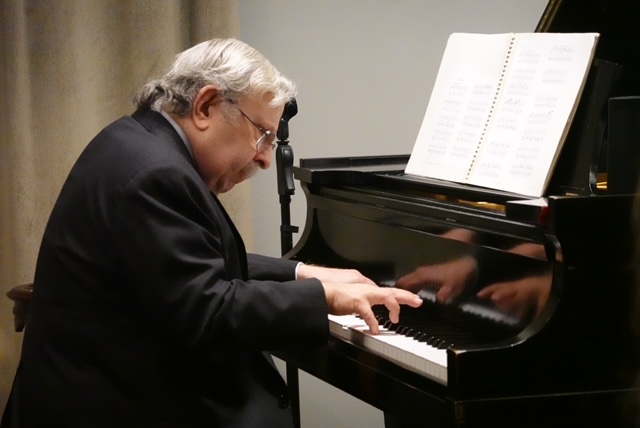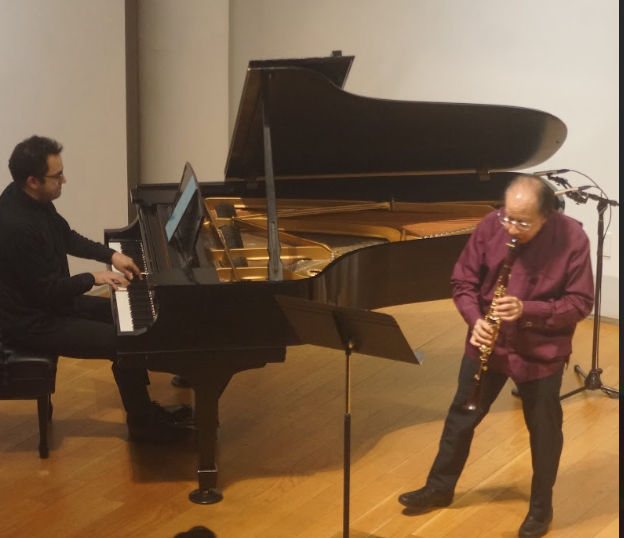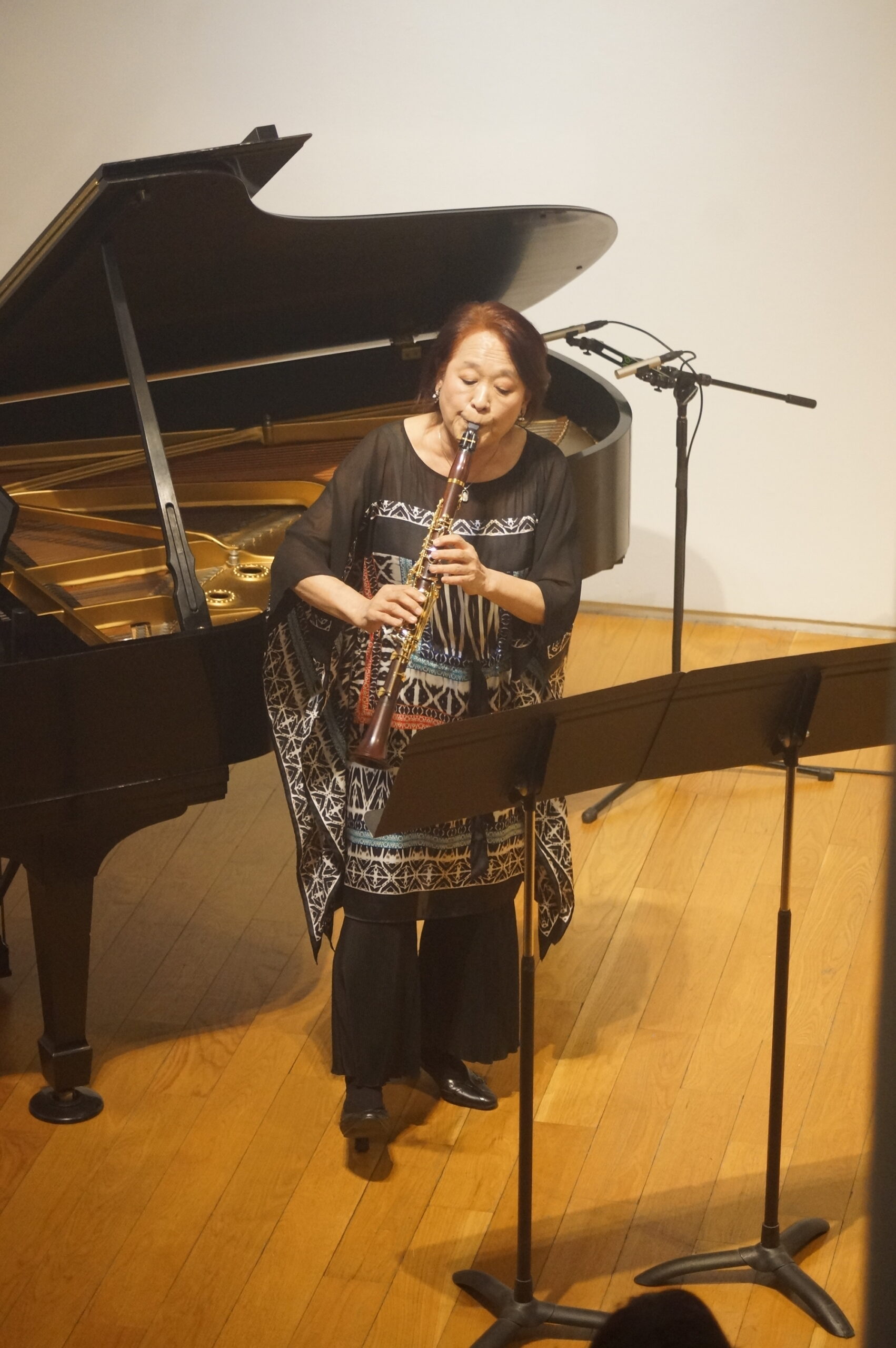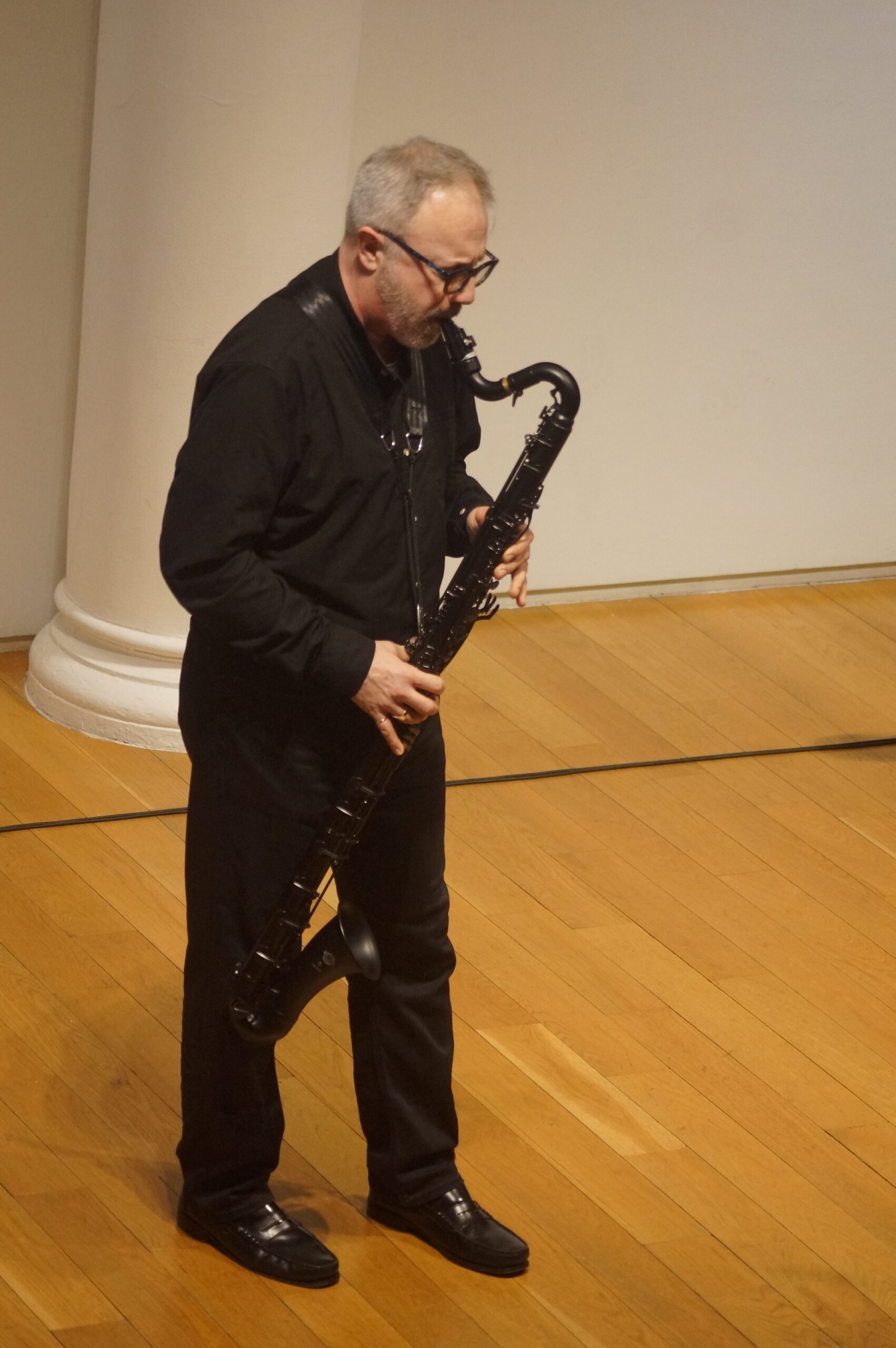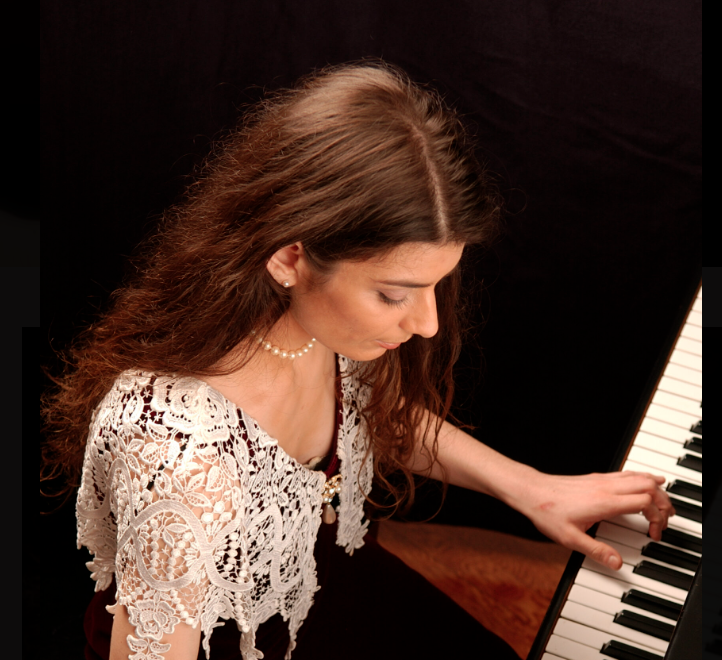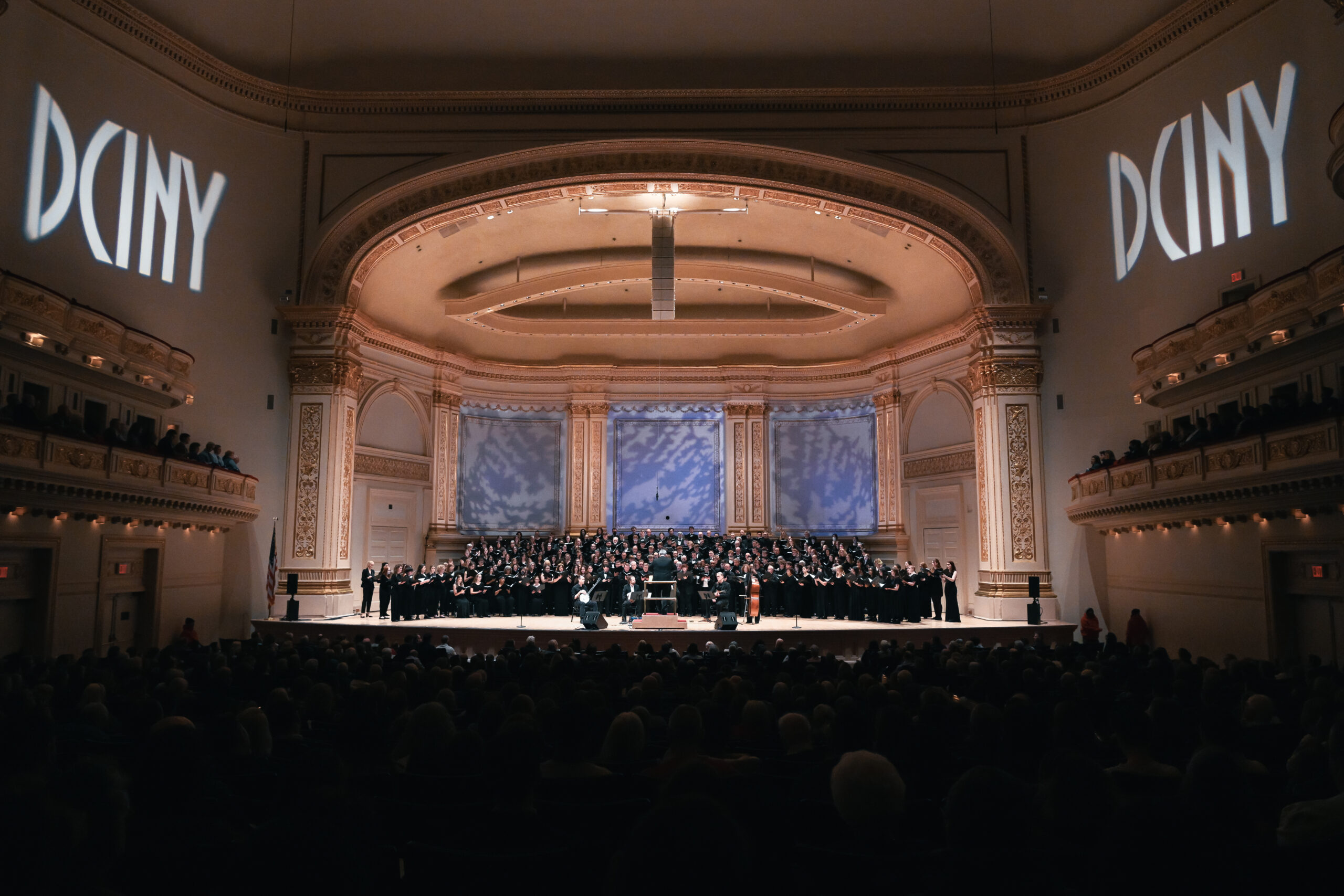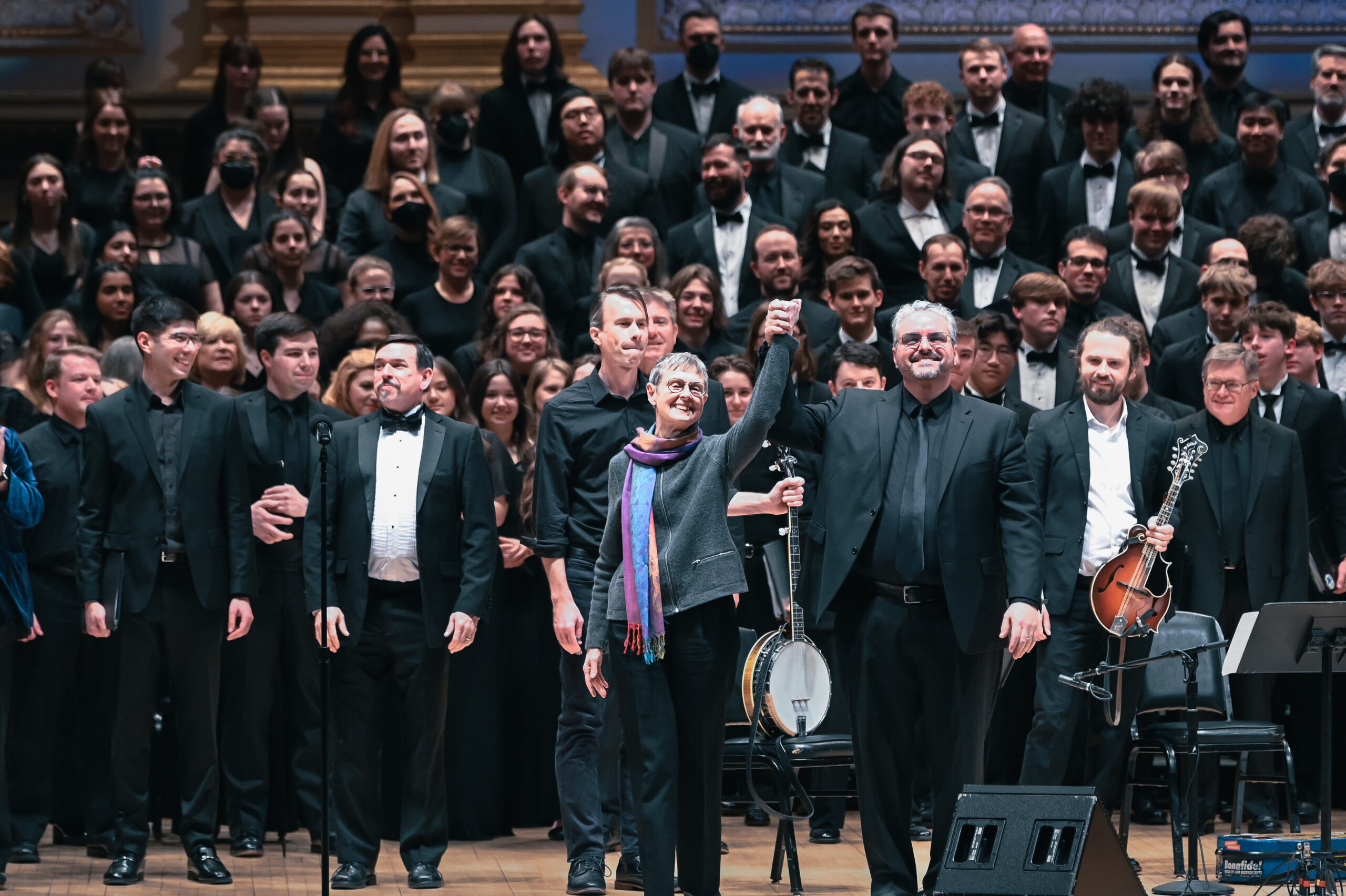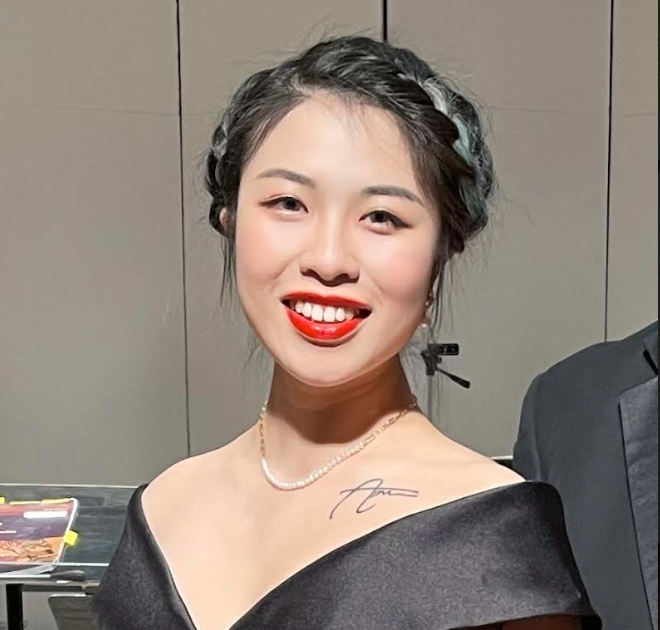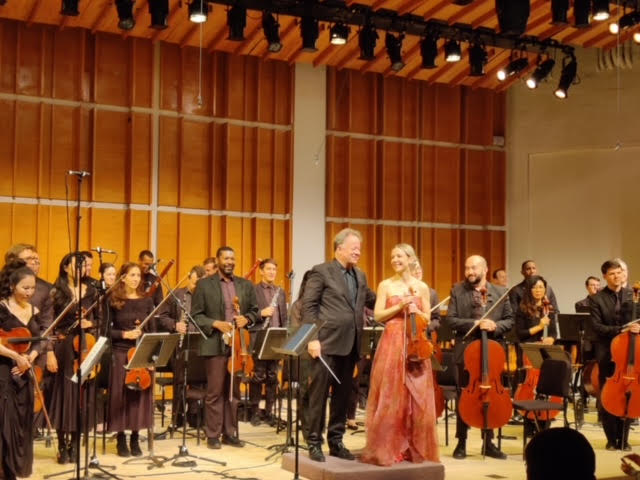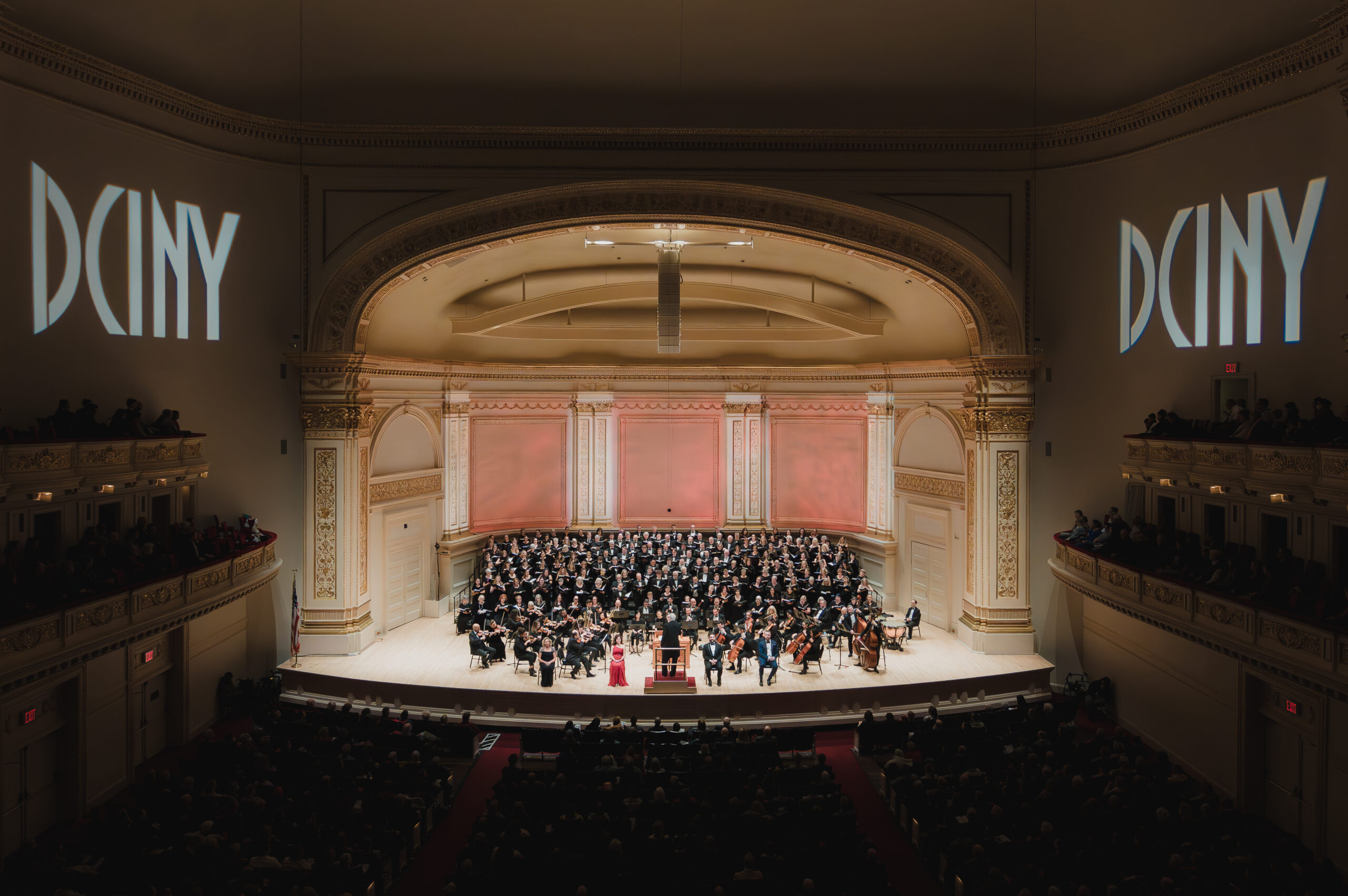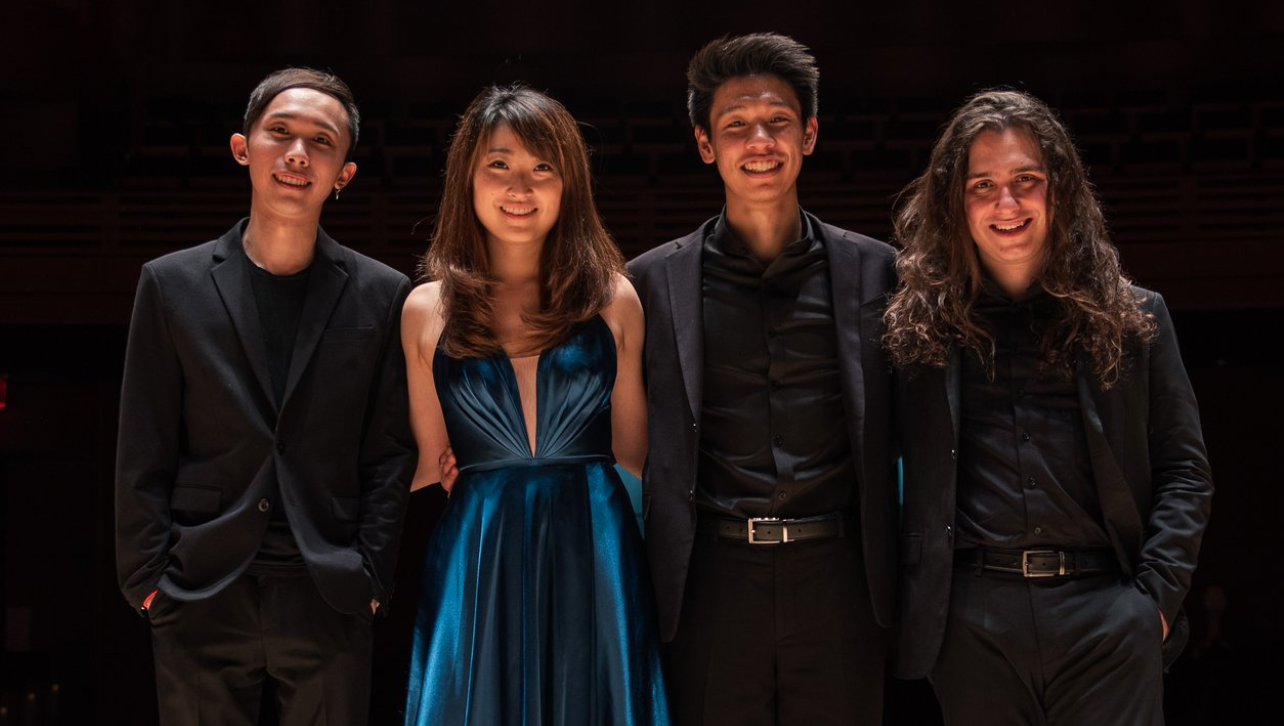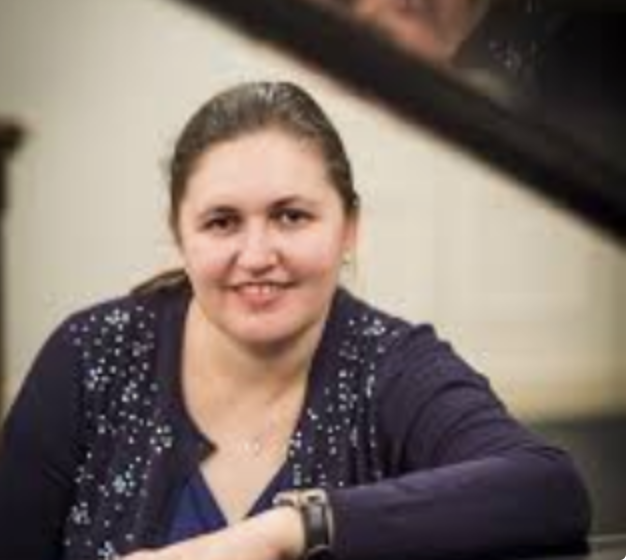Şahan Arzruni, pianist and musicologist
The National Arts Club, New York, NY
March 5, 2024
The National Arts Club this week hosted one of the most engaging lecture recitals in memory, as Armenian pianist and musicologist Şahan Arzruni discussed and performed music by Armenian women composers. He featured the composers (listed chronologically here) Lucy Hazarabedian, Koharik Gazarossian, Sirvart Karamanuk, Gayane Chebotaryan, Geghuni Chitchyan, Alicia Terzian, Sirvart Kazandjian, and Mary Kouyoumdjian. Their compositions ranged in date from 1879 to 2020, but thematic origins go much further back in the case of the Alicia Terzian piece, based on the melody Zarmanali e ints (“It is amazing to me”), which is an eighth-century chant known to be composed by a woman and still sung in Armenian churches today. It is, according to Mr. Arzruni, the world’s earliest extant example of music created by a woman (whether that woman was Khosrovidukht, as most believe, or Sahakdukht, as others maintain). So, given that chant, the evening could be said to have spanned over a millennium of music by Armenian women.
All of this history would be interesting to any musician or Armenologist, but it was the talented and passionate Şahan Arzruni who brought it all to life for us on Tuesday. An octogenarian now, he projected more of the spirit of exploration than many teenagers. His excitement over his various discoveries was contagious. Having reviewed him in 2016 in a benefit concert he played to raise funds for an Armenian home for the elderly, I already knew of his ceaseless work for Armenia, but his honors and distinctions have only grown, too many to enumerate, so the reader is encouraged to visit his website (Şahan Arzruni ). A CD of the music we heard is in the works, and based on what I heard I’ll be looking out for it.
Mr. Arzruni opened with three of the Six Preludes from 1948 by Gayane Chebotaryan (1918-1998), whom he called the grande dame of Armenian music. As Gayane Chebotaryan was also a musicologist who wrote about the music of Aram Khachaturian in 1969, shades of Khachaturian’s sound in her music seemed not too surprising; apart from that, there was also a highly individual bluesy quality to the opening selection, and Mr. Arzruni drew his audience into its inviting tonal world. The third selection brought to mind hints of the Polovetsian Dances of Borodin (not too surprising, as the old region of Polovtsi – also known as Cumania – abutted Armenia), and Mr. Arzruni played it winningly. He finished this opening set with élan.
Moving to our time, we heard the Ode to Vahan (1996) by Alicia Terzian (b. 1934), an Argentine composer of Armenian descent who at Mr. Arzruni’s request based her work on the abovementioned eighth-century chant; don’t be misled, however, into thinking that the chant’s sacred spot in the liturgy made Terzian’s work a peaceful one. Ode to Vahan is a probing and troubling work, opening with explosive bass clusters on the piano and combining recorded sounds – spoken and choral – to haunting effect. When one learns the devastating story behind the chant, the drama is more graspable, but there will be no spoilers here. The reader will simply need to read the CD liner notes when the time comes. Meanwhile, Mr. Arzruni is to be commended for taking on such a challenge and playing it with mastery.
Zigzagging back another half-century, the recital continued with Koharik Gazarossian (1907-1967), who was greatly influenced by her experience copying scores by Komitas, the “father of Armenian music” (whose exile during the Armenian Genocide had also resulted in the relocation of his manuscripts, hence the need for copying). Two of a set of four of her pieces from 1947 were included, My Child, Your Mother Is Dead and Your Name is Shushan. The first was of course funereal, with even just its title too unbearable to hear – while the second piece seemed to reflect more the folk influence of Komitas, who had gone to great lengths to collect original Armenian music, as Mr. Arzruni explained. This reviewer, for one, felt inspired to explore further.
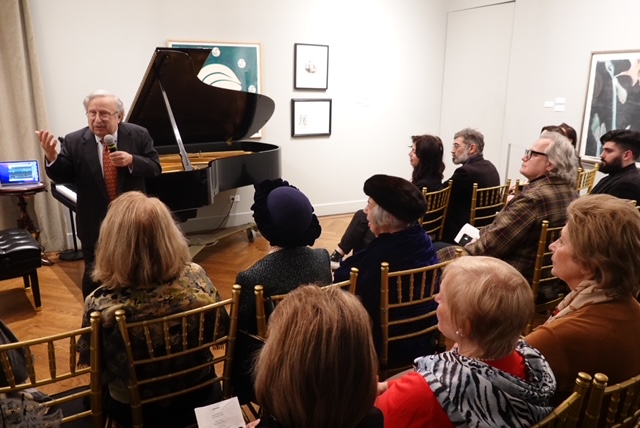
Sadly there is no way to condense a dissertation’s worth of information into this review – or to replicate Mr. Arzruni’s skill as raconteur, but suffice it to say that his gifts in that area made this already revelatory evening still more of a delight. His personal experiences with several of the featured composers colored the drier scholarly information, and though he would say “this is neither here nor there” about a digression, his human interest tidbits did much to bring the composers closer to us. Mr. Arzruni is no stranger to the world of pure entertainment, after all, and it should be remembered that he was once the “straight man” (and collaborative pianist) for the great Victor Borge. He repeatedly checked the audience’s pulse with, “How are we doing?” – and it was so refreshing after many concerts in which the audience has felt like an afterthought; exactly like Borge, however, Şahan Arzruni’s gift for humor works alongside a considerable musical gift that is not be taken lightly.
The next composer included, and the youngest was Mary Kouyoumdjian (b. 1983 in Beirut of Armenian heritage), currently part of the New York Philharmonic’s Project 19 (a multiyear initiative to commission new pieces from 19 women composers). Ms. Kouyoumdjian’s piano piece, I Haven’t the Words (2020), was written in response to the pandemic along with the growing social and political unrest of that year, and the music left this listener feeling exactly the sentiment of its title. Repeated eighth note patterns in expanding intervals created an almost nightmarish spell – and not through harsh cacophony but through cumulative musical tension. The composer was present to take a bow with Mr. Arzruni and was given an enthusiastic ovation. Many will certainly want to attend the premiere of her new work by the New York Philharmonic on May 10th.
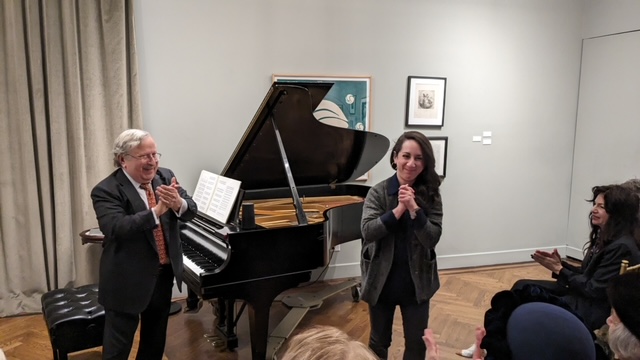
A total break from our time came with The Nightingale of Armenia (1879) by Lucy Hazarabedian (1863- c.1882). Hazarabedian was, Mr. Arzruni speculates, probably the first female composer of Armenian piano music. Though The Nightingale of Armenia is simply a friendly little polka created when the composer was just sixteen and first published in an almanac in 1913 (long after the composer’s untimely death), it was certainly a welcome touch to have something from the nineteenth century on the program, and Mr. Arzruni played its century-overdue premiere with charm.
Following the Hazarabedian miniature came a spontaneous-sounding Dance-Song (1965), composed by Mr. Arzruni’s maternal aunt, Sirvart Karamanuk (1912-2008). It was given an energetic performance and was followed by The Bells of Ani (1971) by Sirvart Kazandjian (1944-2020), from Ms. Kazandjian’s volume À ma Patrie (To my Homeland). Though Ms. Kazandjian was actually born in Ethiopia where there was once a strong Armenian community, her myriad bell sounds spoke from her Armenian heart, built to a huge climax, and left a feeling of tragedy in the aftermath. Mr. Arzruni was an excellent advocate for the piece, as he was for each one on the program. Though it is hard to believe in this day of information overload that much of this Armenian music remains virtually unknown, Şahan Arzruni is here to remedy that, among other missions.
The program closed on an “up” note with the Sonatina (1986) by Geghuni Chitchyan (b.1929). As things seemed to be running late, Mr. Arzruni quipped “I’m gonna play as fast as possible” – and he did just about that! The little piece breezed by, with its energetic neo-classical opening, beautifully lyrical central movement, and jaunty last movement with hints of humor à la Shostakovich. It was a strong ending to an inspiring evening.
One could only feel grateful for what was a life-affirming reminder – even from such a troubled region in a troubled world – that the greatness of Armenia is here to stay. Zarmanali e ints, indeed. It is amazing to me.

